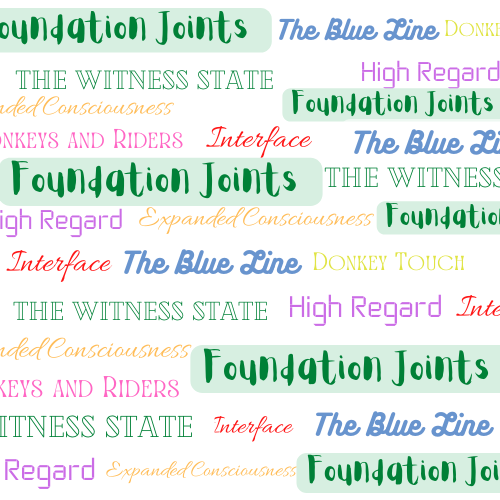
We are introduced to foundation joints in Zero Balancing I. We might review this information in ZB II, and often that’s the last time we think about them. Yet foundation joints, these hidden places in the body, can account for some of the common and remarkable changes we see after a Zero Balancing session.
As we all know, there are foundation joints throughout the body, including the sacroiliac joint, the joints between the tarsal bones, the pubic symphysis and the sutures that join the cranial bones. These joints have properties that set them apart from freely moveable joints like the elbow or knee. They have a small or minute range of motion and no voluntary motion. The sacroiliac joint, for example, has a range of motion of about three or four degrees. The loss of one degree can equate to losing 25 to 35 percent of the function. In addition, it’s not possible to move your sacrum independently from your pelvic bones. The body cannot self-correct and instead tends to compensate around the loss. This compensation can have far-reaching consequences throughout the whole person.
The power is in the restoration of that small loss in range of motion. Using the example of the sacroiliac joint, a gain of one degree of motion can result in a 25-35 percent improvement in function.
Bringing foundation joints forward in your awareness can be helpful when describing Zero Balancing to a curious listener. While their donkey is likely driving their curiosity, the questions often arise from their rider. Many people think of structure when they think of their bodies. A simple description of the power of working with foundation joints can give their rider something to grab on to.
It’s interesting to think about how foundation joints function in the transmission of energy or force. When I’m describing Zero Balancing to someone whose world view may not include energy, like some Western trained healthcare practitioners, being able to refer to ground reaction forces is a good way to guide the listener across the bridge to conceptualizing energy. Force is energy. For example, when the foot hits the ground, the ground hits back. The force generated as the heel strikes the ground during walking is equaled by the ground reaction forces. One key area for mitigating these forces is the tarsal joints, an area we know to be rich in foundation joints. Mobility in the tarsal joints is critically important for the foot to be able to absorb some of the ground reaction force as well as adapt to the unevenness of the ground. Adapting to the unevenness of the ground helps us to keep our balance.
When we evaluate the tarsals in Zero Balancing, one thing we can look for is mobility. In ZB, the mobility, or lack thereof, informs us about the balance of structure and energy. If tarsal motion is restricted, the energy cannot move freely through the foot. The ground reaction forces are not dispersed well. The foot is less adaptable to the uneven surfaces beneath it. The person is less connected to the ground, less connected between heaven and earth.
When we balance the foundation joints in the foot with a few fulcrums, that one or two degree loss in motion can be reestablished and the much larger loss in function can be restored. There is more mobility, improved ability to adapt to the ground, enhanced connection to the earth. One client commented after her first ZB, “For the first time in my life I actually feel grounded! I feel it in my body.” This wonderful outcome demonstrates the power of foundation joints.
